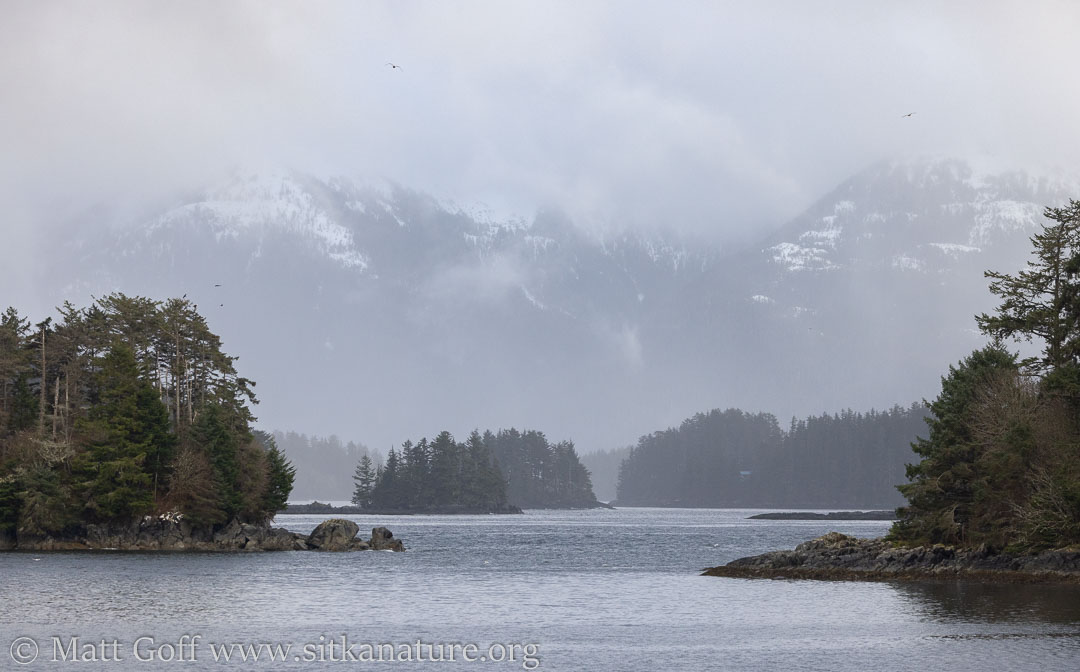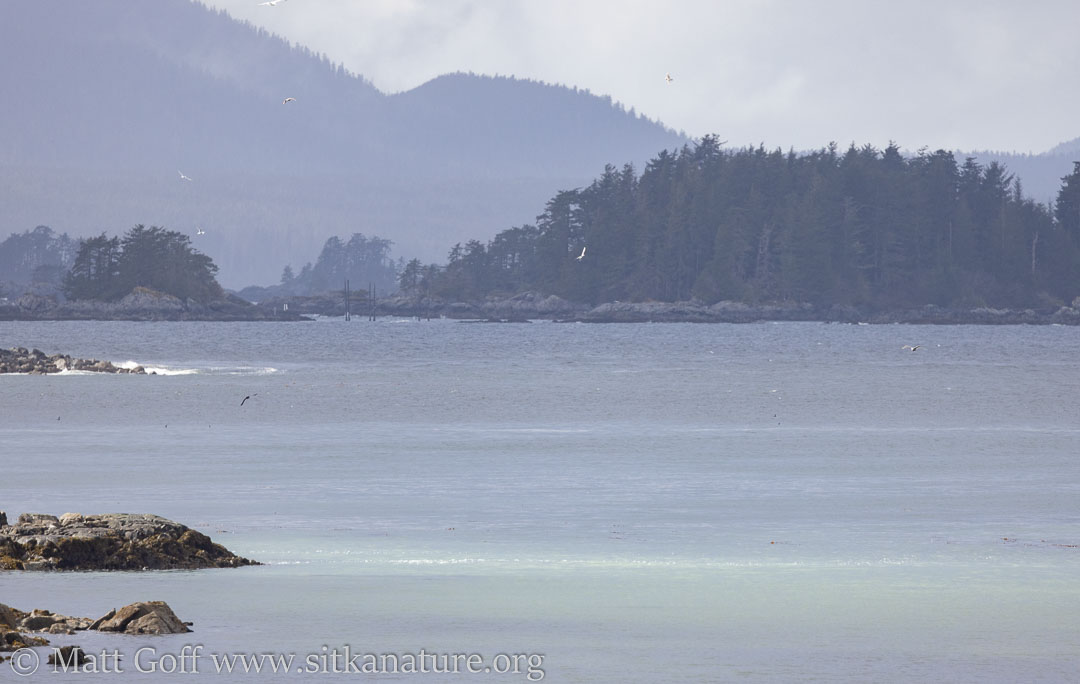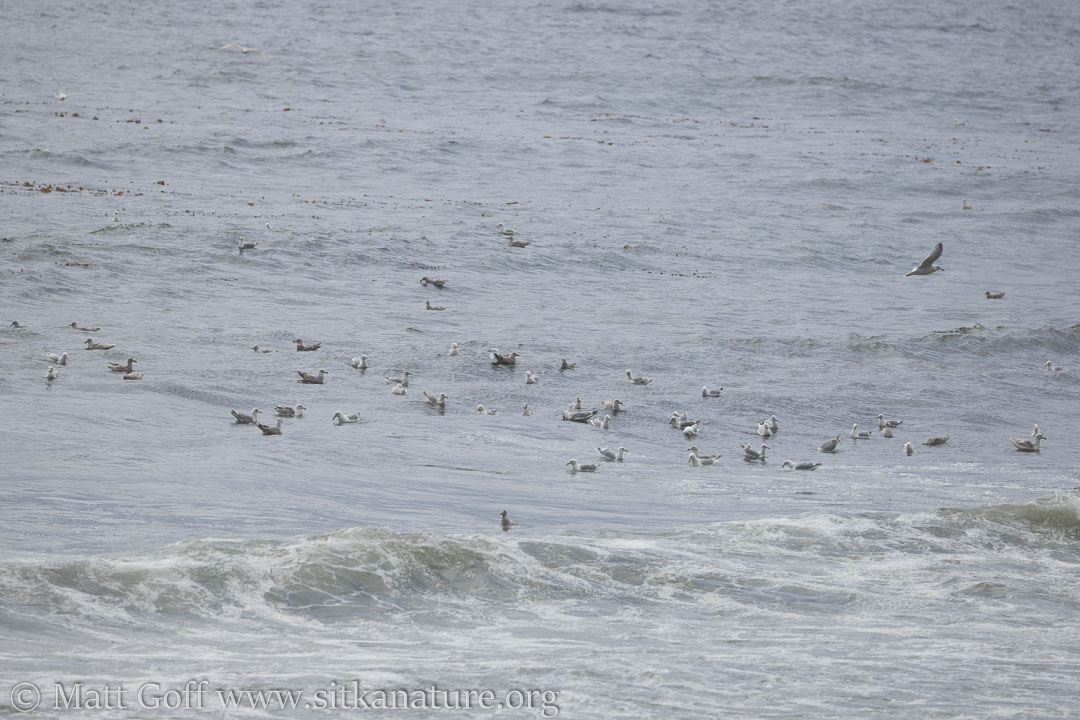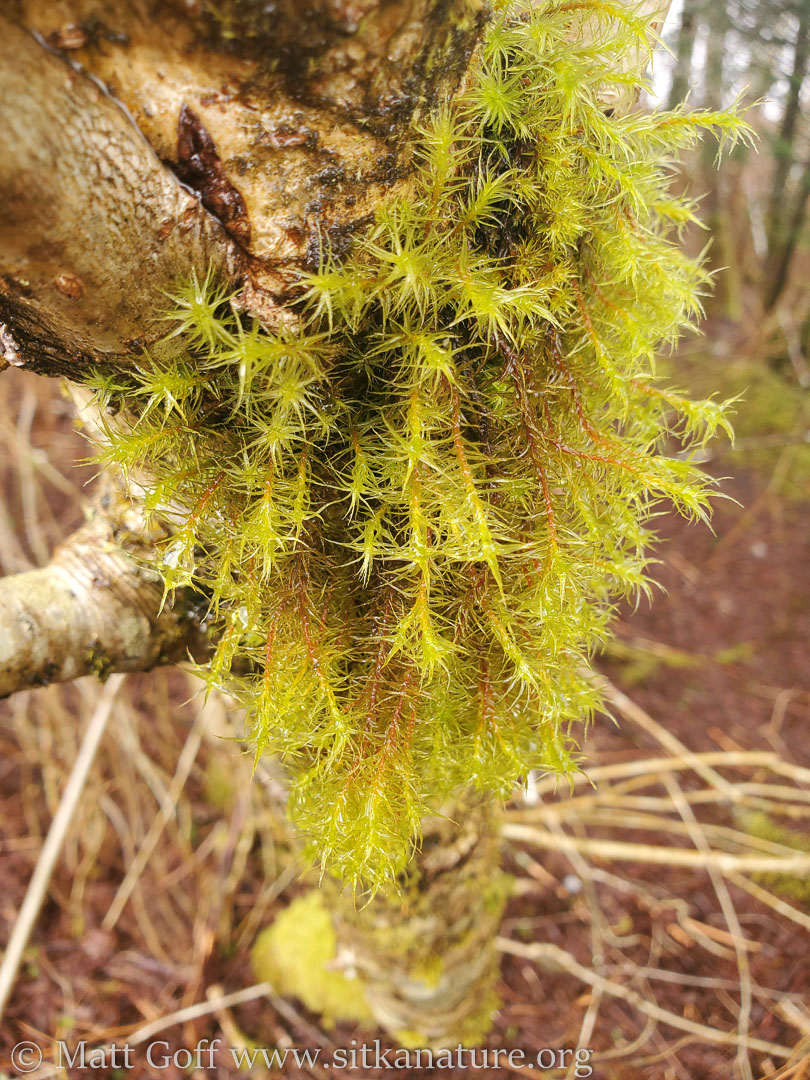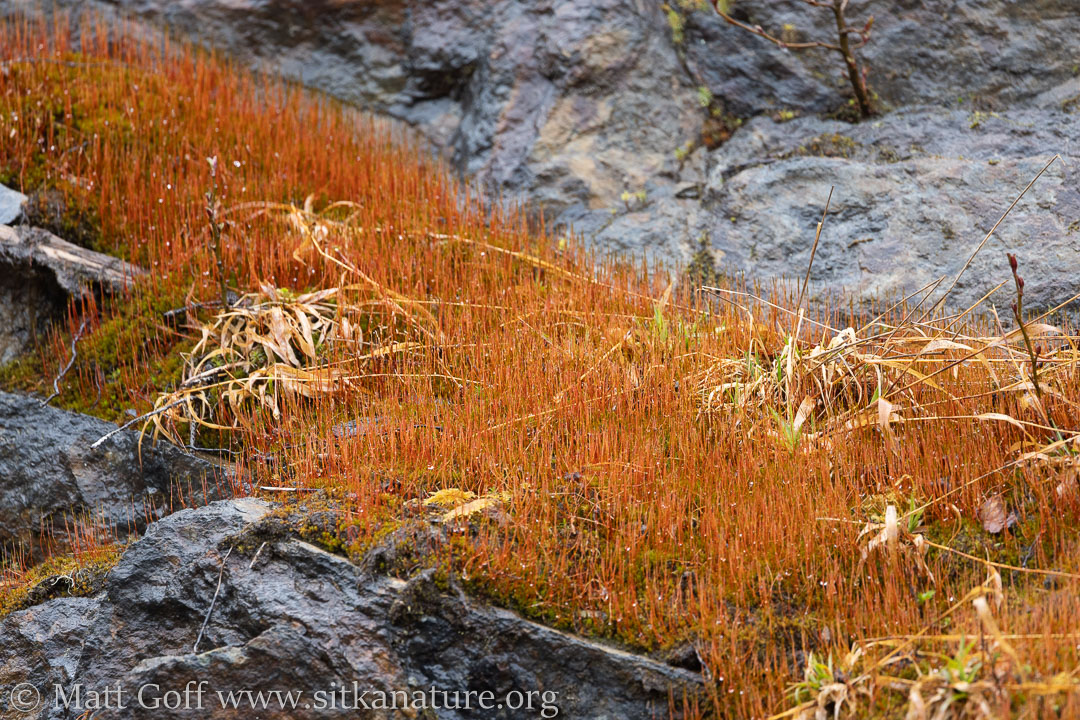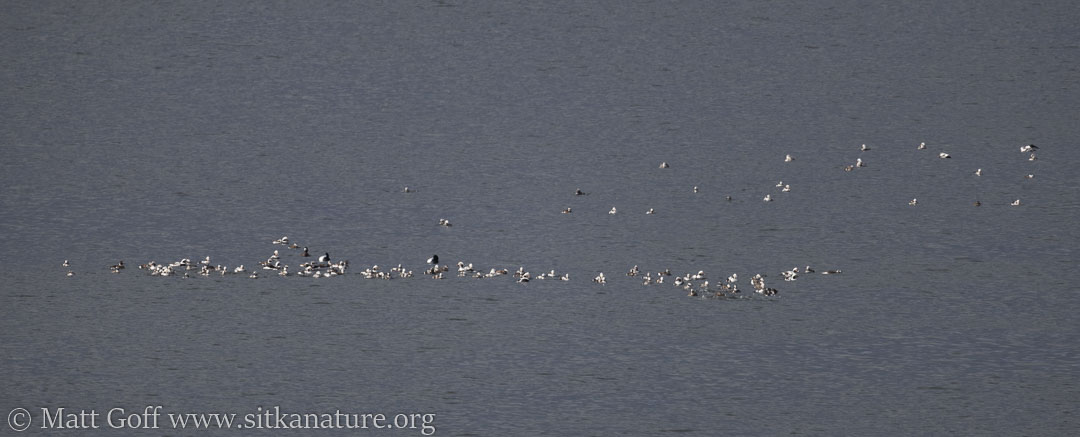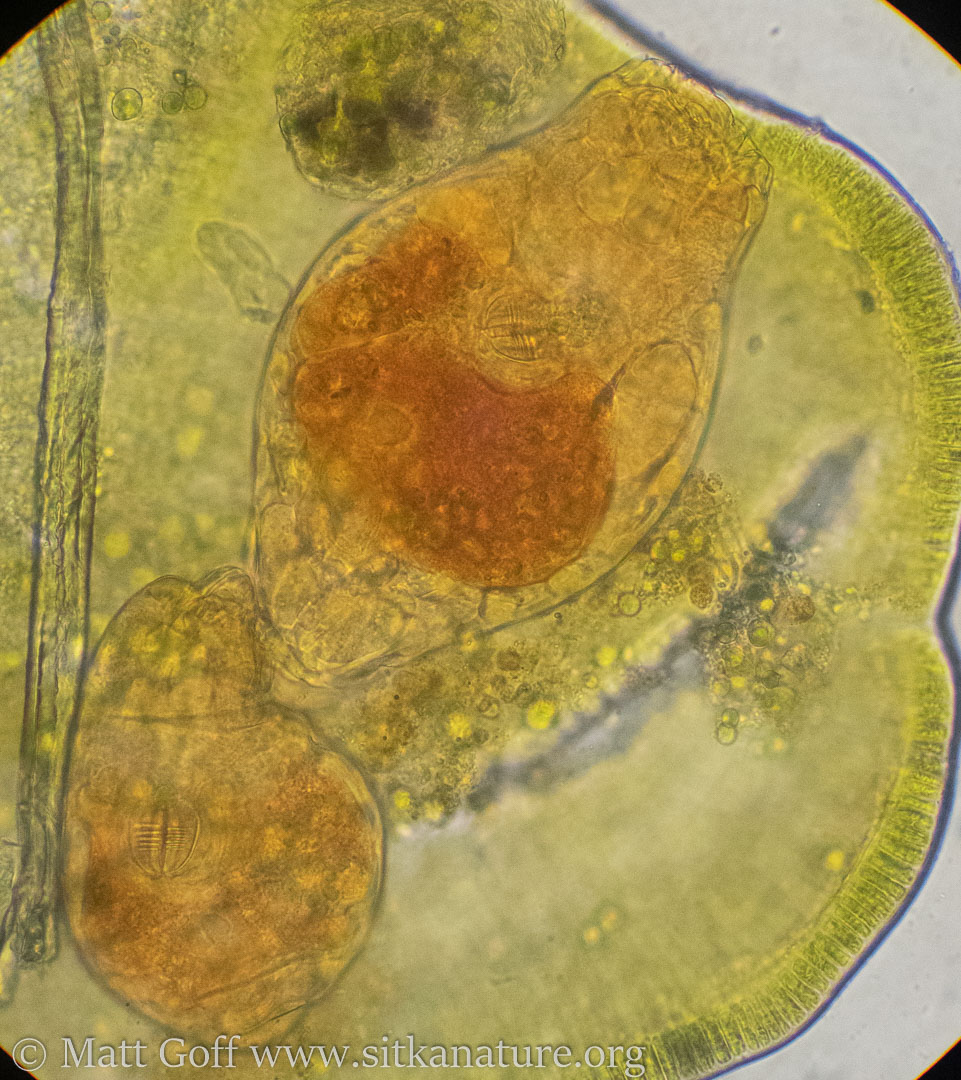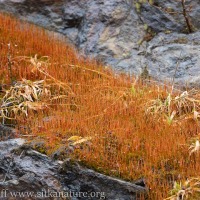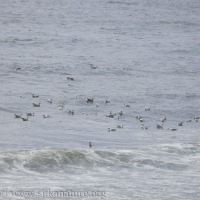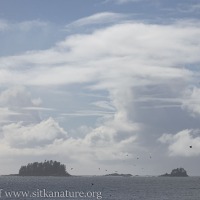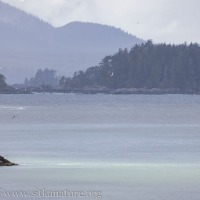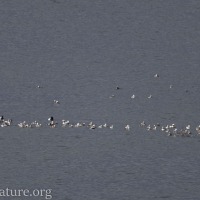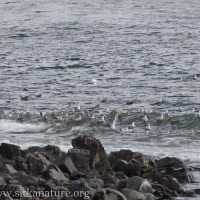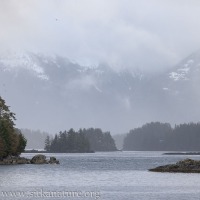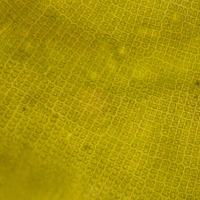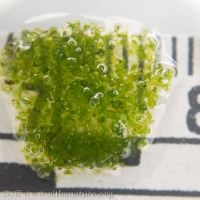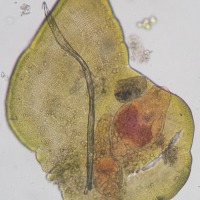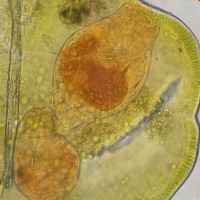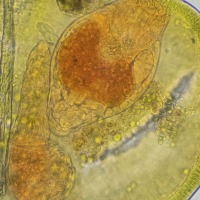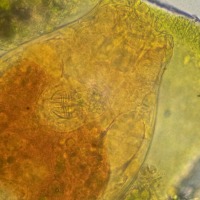Overcast to mostly cloudy with rain showers, mixing with snow at times.
Went for a drive this afternoon after getting lunch and eating it at the Channel.
Only a few gulls at the channel. Couple of Pigeon Guillemots.
Green water at entrance to herring cove suggested herring were spawning (or had done so earlier in the day).
Out to Starrigavan to see if herring were spawning somewhere along road system.
Didn’t see any clear spawning activity, though a flock of gulls at the point by where surfers go at Sandy Beach was suggestive.
Hit an especially heavy shower as I got out to Starrigavan, but it was short-lived.
Checked out bryophytes on mountain ash trees there. Some different looking stuff, but I didn’t make any collections, as I’ve got plenty of those already waiting to be dealt with. These should be easy enough to get back to.
Polytrichaceae with red sporophytes stood out on rock ledges at start of Nelson Logging road.
Checked north end of channel – Long-tailed Ducks were hanging out there (hadn’t seen any in the central part of the channel).
Also a flock of ducks beyond the breakwater. Too far to be sure, but maybe scaups and/or scoters.
Looked at Prasiola collections from yesterday. Most of what I got was presumed P. borealis with fungal infection. Some of the smaller brighter green blades that were growing adjacent to the P. borealis were not obviously infected, and didn’t have the arrangement of cells that is used to differentiate P. borealis from P. meridionalis.
I’m going to talk to some folks to see if anyone could do a small project investigating these. I’m curious if there are really two different species of algae. If so, I’ curious if the young/small apparently uninfected ones growing with the infected ones are genetically the same species as the infected ones (and whether they’re different than the ones growing a bit lower where fungal infection doesn’t seem to occur). I’m wondering if it might not be too difficult to monitor and sample throughout a good chunk of the growing season. Do some genetic work to see if there’s evidence of multiple species or not and see when fungal infection seems to start, and track how things change as a result.
I was a little surprised at how many Ameronothrus mites I ended up with in the collections.
I also found some rotifers in the young/small Prasiola I collected off the second rock growing adjacent to some P. borealis.

